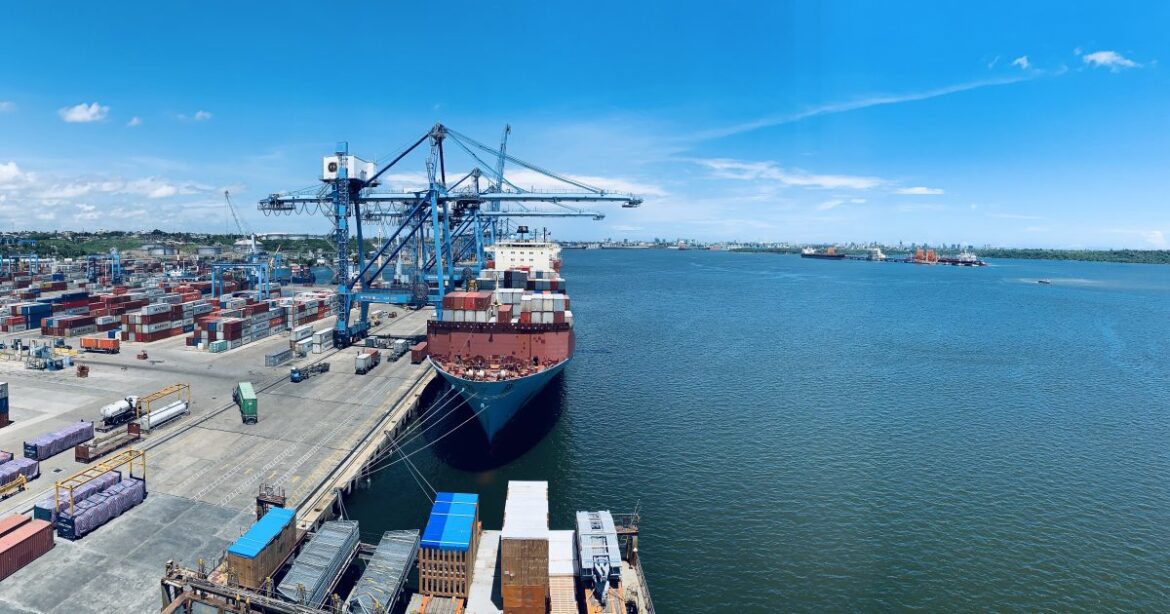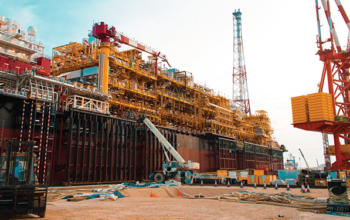Kenya is turning to private investors to help develop and operate two critical seaports—Mombasa and Lamu—along the Indian Ocean, as it seeks to remain competitive amid growing regional port rivalry.
According to the National Treasury, the government is seeking transaction advisers to help structure public-private partnership (PPP) deals for the two port projects. The move comes as the Kenya Ports Authority (KPA) faces financial constraints and lacks the capacity to fund large-scale developments independently.
The Treasury emphasized that private capital will be key to reducing reliance on external debt. In 2023, Kenya submitted proposals to lease parts of the Mombasa and Lamu ports to private operators, with an ambitious goal of generating at least $10 billion annually by 2030.
With rising debt concerns flagged by the International Monetary Fund (IMF), Kenya is increasingly turning to PPPs to fund major infrastructure projects.
Limited fiscal space has prompted the government to pursue alternative financing for ports, roads, and airports, Bloomberg reported.
To expand its maritime logistics capacity, Kenya plans to issue infrastructure bonds aimed at attracting long-term investments from pension funds and insurance firms.
These funds will be directed toward building new berths at the Mombasa port and enhancing container terminals at Lamu. The Treasury projects a three-year timeline to reach financial close.
Mombasa remains East Africa’s largest and most important seaport, serving as a vital transit hub for Uganda, Rwanda, South Sudan, and northern Tanzania.
Lamu, operational since 2021, is strategically positioned to handle cargo destined for Ethiopia and South Sudan.
Port activity in Kenya has significantly increased over the past decade. Cargo throughput has reached 41.1 million tons, while container traffic has doubled to 2 million twenty-foot equivalent units (TEUs).
Planned upgrades include berth rehabilitation, terminal enhancements, and dredging to accommodate larger vessels.
Under the proposed concession model, a private operator will assume full responsibility for the Lamu container terminal and its three berths, mirroring models adopted by regional peers such as Tanzania, Djibouti, and Somalia.




